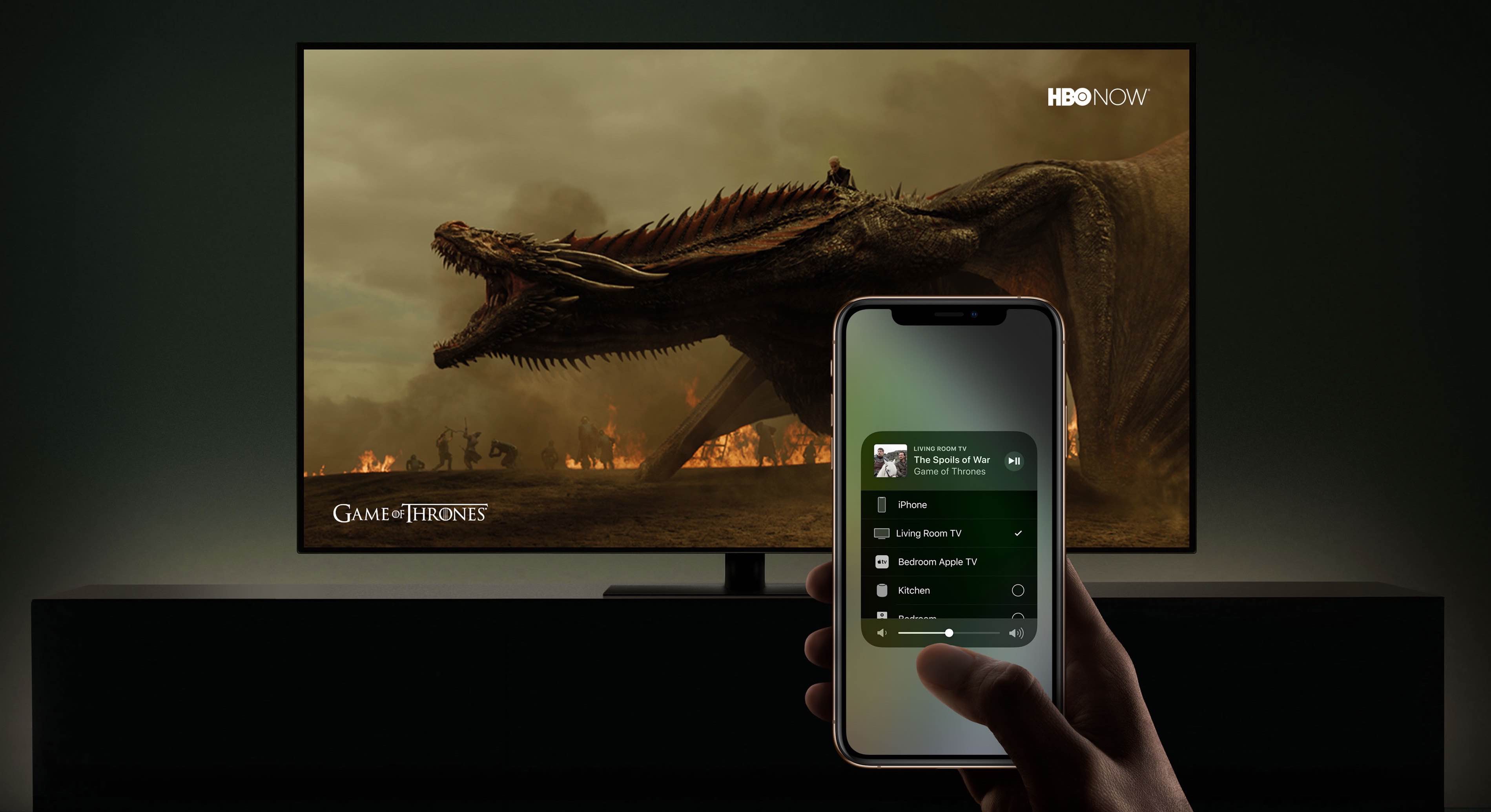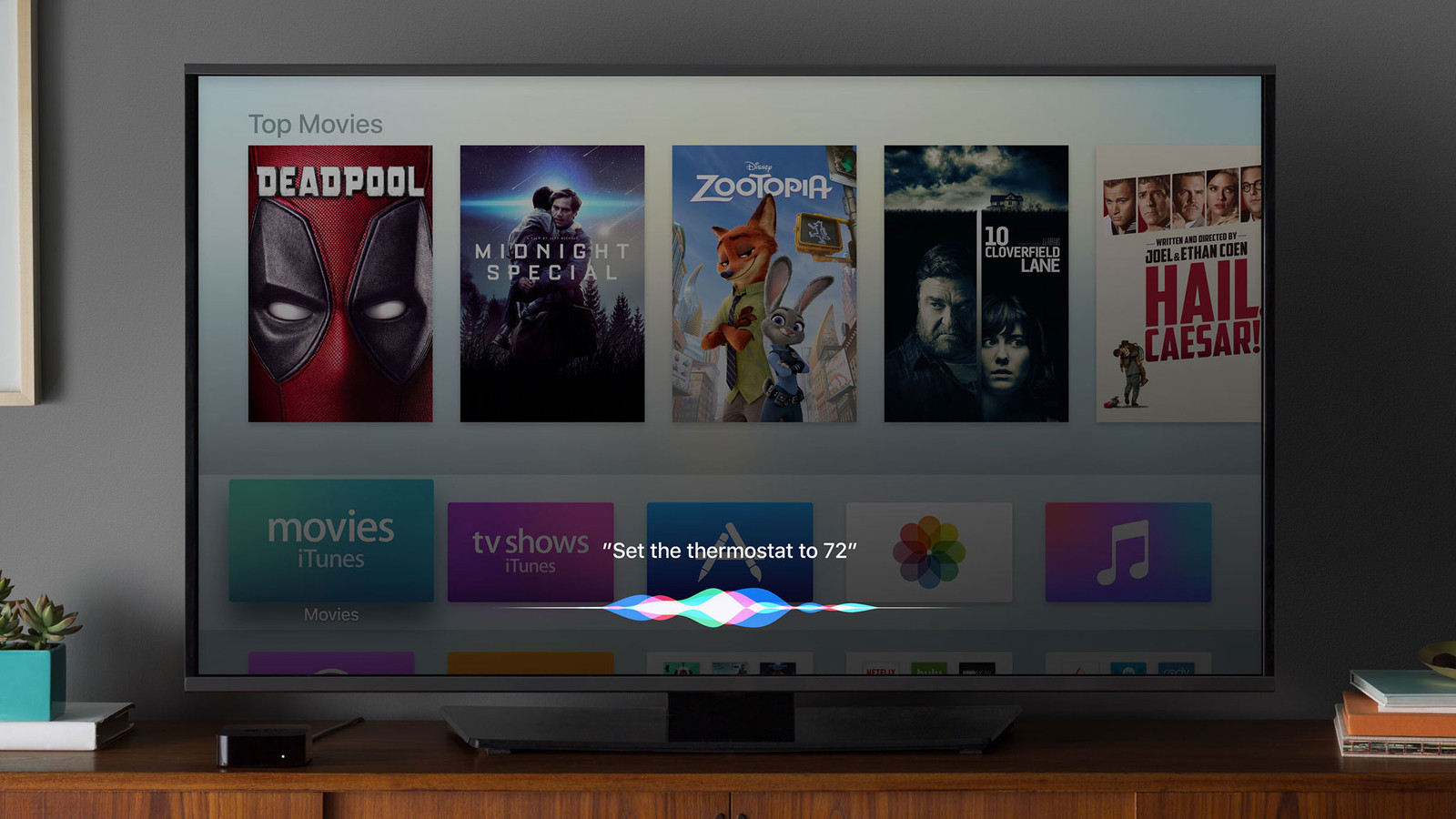The newly introduced integration of HomeKit and AirPlay 2 in a number of this year's smart TV models is still a hot topic. No wonder: this innovation gives users the opportunity to take advantage of the aforementioned technologies without having to own an Apple TV or specialized software. What exactly does AirPlay 2 and HomeKit integration enable?
For now, manufacturers such as LG, Vizio, Samsung and Sony have announced integration with AirPlay 2, HomeKit and Siri. At the same time, Apple launched a website with an updated list of compatible TVs.
It could be interest you

New category and integration into scenes
With the introduction of the mentioned integrity, a completely new category was created in the HomeKit platform, which is made up of televisions. Within its own category, TVs have been assigned specific properties and control options – while playback or volume can be controlled for speakers in HomeKit, the TV category offers slightly wider options. In the HomeKit interface, the TV can be turned off or on, control properties such as brightness or change display modes.
These settings can also be integrated into individual scenes – so a scene for the complete end of the day no longer needs to just turn off the lights, lock the door or close the blinds, but also turn off the TV. Integration into scenes has its undisputed potential even in cases such as watching TV every night, playing games (HomeKit will allow changing the input on the game console) or perhaps the night TV viewing mode. Users also have the option to assign specific functions to individual buttons on the controller in HomeKit, so the manufacturer's controllers will almost never be needed.
A full replacement?
The integration of TVs with AirPlay 2 and HomeKit also entails certain necessary limitations. Although it can replace Apple TV to a certain extent, it is by no means a full-fledged replacement. On some new Samsung TVs, for example, we can find movies from iTunes and the corresponding store, while other manufacturers offer AirPlay 2 and HomeKit, but without iTunes. The tvOS operating system with everything that goes with it remains the prerogative of Apple TV owners. Nor will third-party TVs work as hubs – users will still need an Apple TV, iPad or HomePod for these purposes.
AirPlay 2 is included with iOS 11 and later and macOS 10.13 High Sierra and later. AirPlay 2 has open API status, which means that virtually any manufacturer or developer can implement its support.

Source: AppleInsider